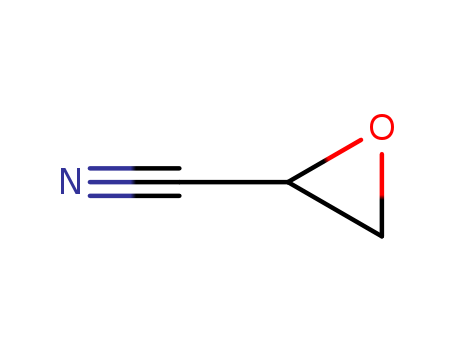- Chemical Name:2-Cyanoethylene oxide
- CAS No.:4538-51-6
- Molecular Formula:C3H3NO
- Molecular Weight:69.0629
- Hs Code.:2926909090
- European Community (EC) Number:224-887-0
- UNII:0C17IZ13QV
- DSSTox Substance ID:DTXSID10963379
- Nikkaji Number:J122.449B
- Wikidata:Q27236592
- Mol file:4538-51-6.mol
Synonyms:2-cyanoethylene oxide;acrylonitrile epoxide;cyanoethylene-epoxide;glycidonitrile




